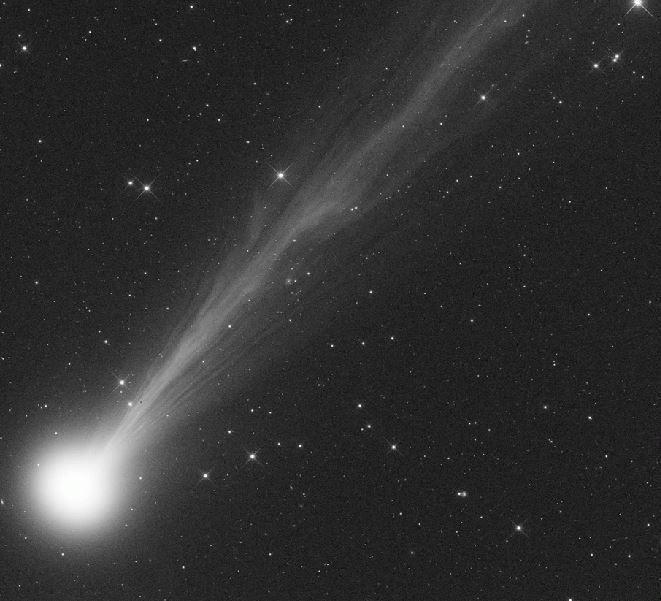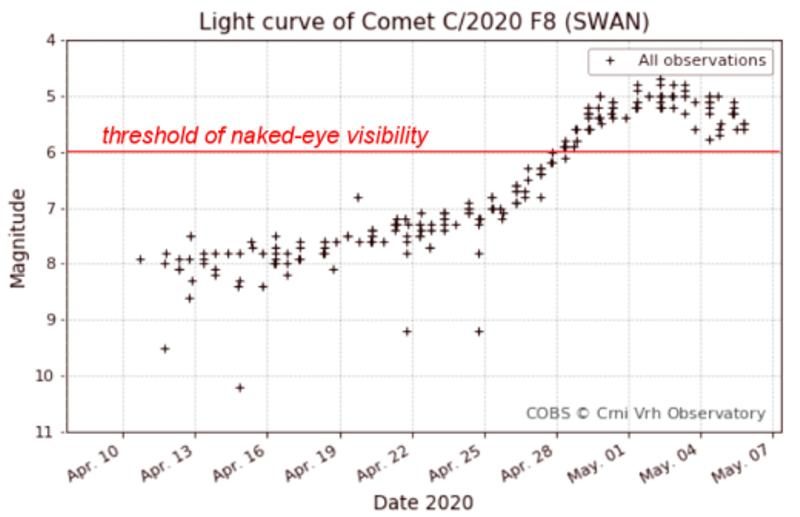OF THE
TIMES
KRB, the goal is to LOVE, whole-heartedly. THERE IS ALWAYS ONLY ONE GOAL. UNLIMITED POWER. BE.cause to LOVE is to LIVE. Servants of the Power is...
Zionism being a facist and racist practice is never going to be democratic. Ever.
Your private pension has been weakened however most companies invest in pensions and furthermore have the right to count them as company assets,...
This is quite obviously a PM that has no idea of where the 'delete' button is on his social-media platform. What a big-girl's blouse of a PM. I...
Correction. Turn off the ear worms.
To submit an article for publication, see our Submission Guidelines
Reader comments do not necessarily reflect the views of the volunteers, editors, and directors of SOTT.net or the Quantum Future Group.
Some icons on this site were created by: Afterglow, Aha-Soft, AntialiasFactory, artdesigner.lv, Artura, DailyOverview, Everaldo, GraphicsFuel, IconFactory, Iconka, IconShock, Icons-Land, i-love-icons, KDE-look.org, Klukeart, mugenb16, Map Icons Collection, PetshopBoxStudio, VisualPharm, wbeiruti, WebIconset
Powered by PikaJS 🐁 and In·Site
Original content © 2002-2024 by Sott.net/Signs of the Times. See: FAIR USE NOTICE


Comment: Rapidly brightening Comet SWAN (C/2020 F8) now visible with naked eye